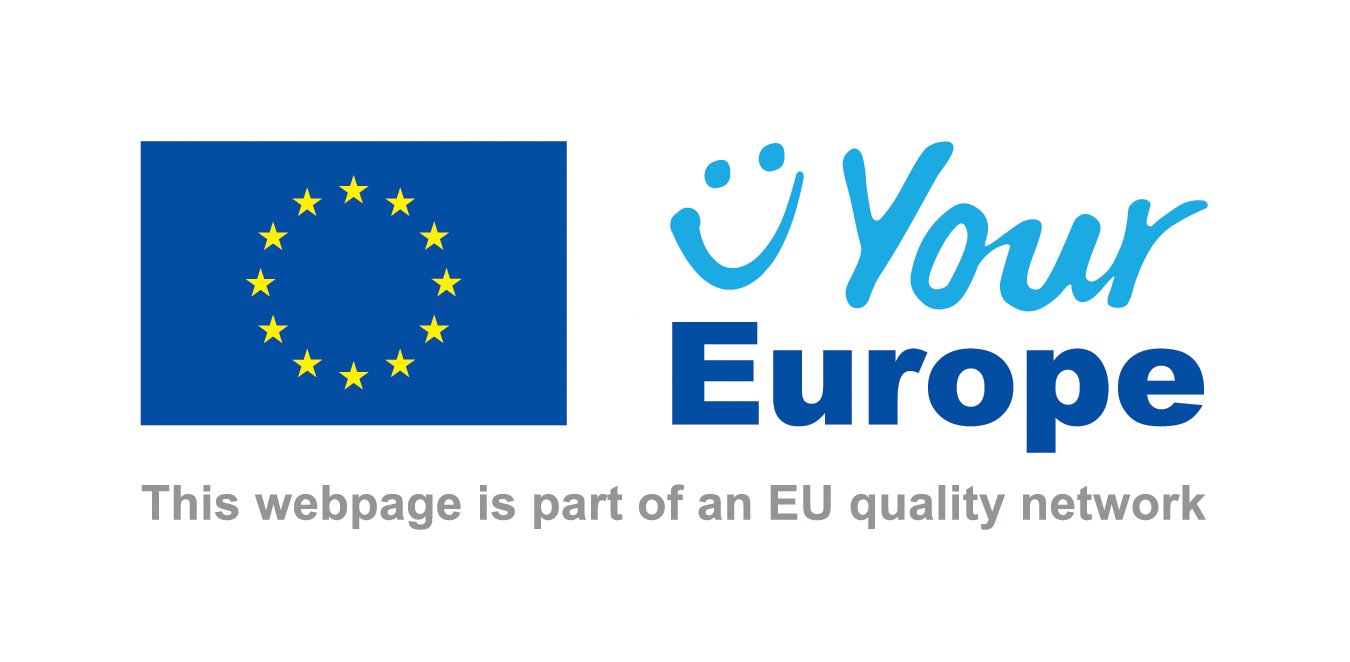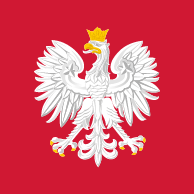What are the requirements for goods placed on the European Union market
Goods which are placed on the Union market must meet specific requirements. Read on to find out what requirements must be met if you want to sell goods on the single market of the European Union Member States.
Single market for goods
The foundation of the single market for goods is free movement of goods. This is one of the four freedoms of the European Union.
Free movement of goods means that there are no quantitative restrictions on the imports and exports of goods between the Member States (apart from strictly specified exceptions). Products which have been lawfully placed on the market in one of Member States may be freely placed on the market in other EU countries.
Placing on the market means making a product available on the European Union market for the first time, which means manufacturing a product or importing it from outside the European Union.
The implementation of this principle requires that all European Union Member States should agree on common requirements, procedures and rules for product evaluation and placing on the market. This is to ensure the same level of product safety and equal terms for economic operators.
The provisions specifying product requirements can be divided into two areas:
- harmonised area, where common product requirements have been set out in EU legislation, that is directives and regulations. These are harmonised provisions.
- non-harmonised area, where no common Union product requirements have been set out, and such requirements can be specified in national technical rules or in general provisions on product safety
Please note! Member States must inform the European Commission of any drafts of legal acts which include national technical rules for products. Following the receipt of this information, the European Commission orders a 3-month break in the legislation process. This is the time for submitting comments on the draft.
Economic operators also have a right to submit comments, and they can voice their objections or suggestions on the website of the European Commission – the TRIS system.
Union product requirements – harmonised area
Product requirements specified in the European Union legislation may apply to:
- the product itself, for example its flammability, electrical properties or hygiene
- the product manufacture process
- product properties, for example its energy efficiency.
In most sectors (for example electronic or electrical equipment, machinery, lifts, medical devices), the EU legislation defines only the essential requirements related to health, safety and environmental protection and does not provide specific technical solutions.
In this case, the manufacturer can freely decide how to ensure product compliance with the requirements: it can be done either by voluntary application of harmonised standards or other technical specifications.
In the case of other sectors (e.g. the automotive or chemical industry), the legislation sets out detailed product requirements that must be complied with.
If you want to place a product on the European Union market, check if the requirements for that product have been specified in the European Union laws. You can use the European Commission search engine to check if and what EU laws apply to a product you want to place on the market.
Find out more about harmonised provisions.
National product requirements – non-harmonised area
The goods for which no common EU requirements have been specified must comply with the requirements specified in national legislation. In this case, the manufacturer must comply with the laws applicable in that EU country where they want to market the product.
In Poland technical requirements can be specified in acts or regulations.
Free movement of goods in the non-harmonised area is ensured by the application of the principle of mutual recognition.
The principle of mutual recognition of goods means that:
- each European Union Member State must allow on its market any product that has been already lawfully placed on the market in another Member State or in a country in the European Economic Area.
- EU Member States assume that a product which meets the requirements of one of the Member States is safe for the consumer and may be placed on the market in all the other EU countries.
If you want to place on the EU market a product which is covered by specific national requirements, the Product Contact Point may help you check what requirements apply for that product.
Find out more about the principle of mutual recognition.
General product safety
Products which are covered neither by harmonised provisions at EU level nor by national legislation on specific technical requirements can also be placed on the single market.
In that case laws on general product safety must be applied.
General product safety at EU level is regulated by Directive 2001/95/EC of the European Parliament and of the Council of 3 December 2001 on general product safety.
In Poland the legal act applicable at national level is the General Product Safety Act of 12 December 2003.
Under Polish legislation, a safe product is a product which under normal or reasonably foreseeable conditions of use including duration and, depending on product type, putting into service, installation and maintenance requirements, does not present any risk or only the negligible risks compatible with the product's ordinary use, considered to be consistent with a high level of protection for human safety and health.
When assessing product safety the following need to be taken into account:
- product characteristics, including its composition, packaging, instructions for assembly and, depending on product type, for installation and maintenance
- the effect on other products, where it is reasonably foreseeable that it will be used with other products
- the presentation of the product, the labelling, any warnings and instructions for its use and disposal and any other indication or information regarding the product
- the categories of consumers at risk when using the product, in particular children and the elderly.

